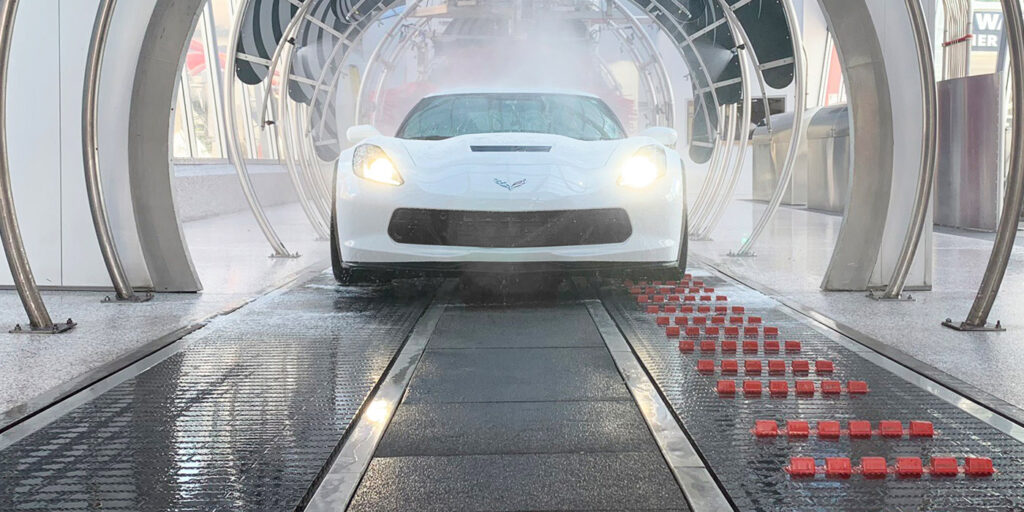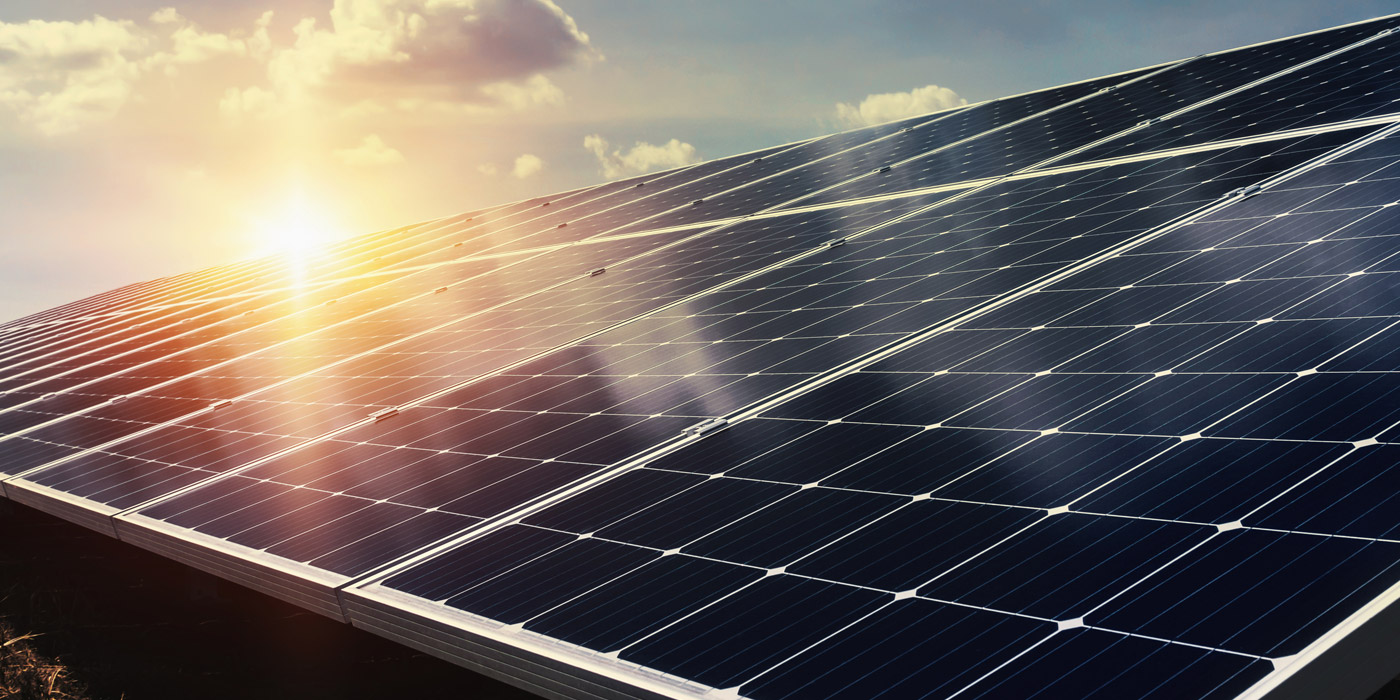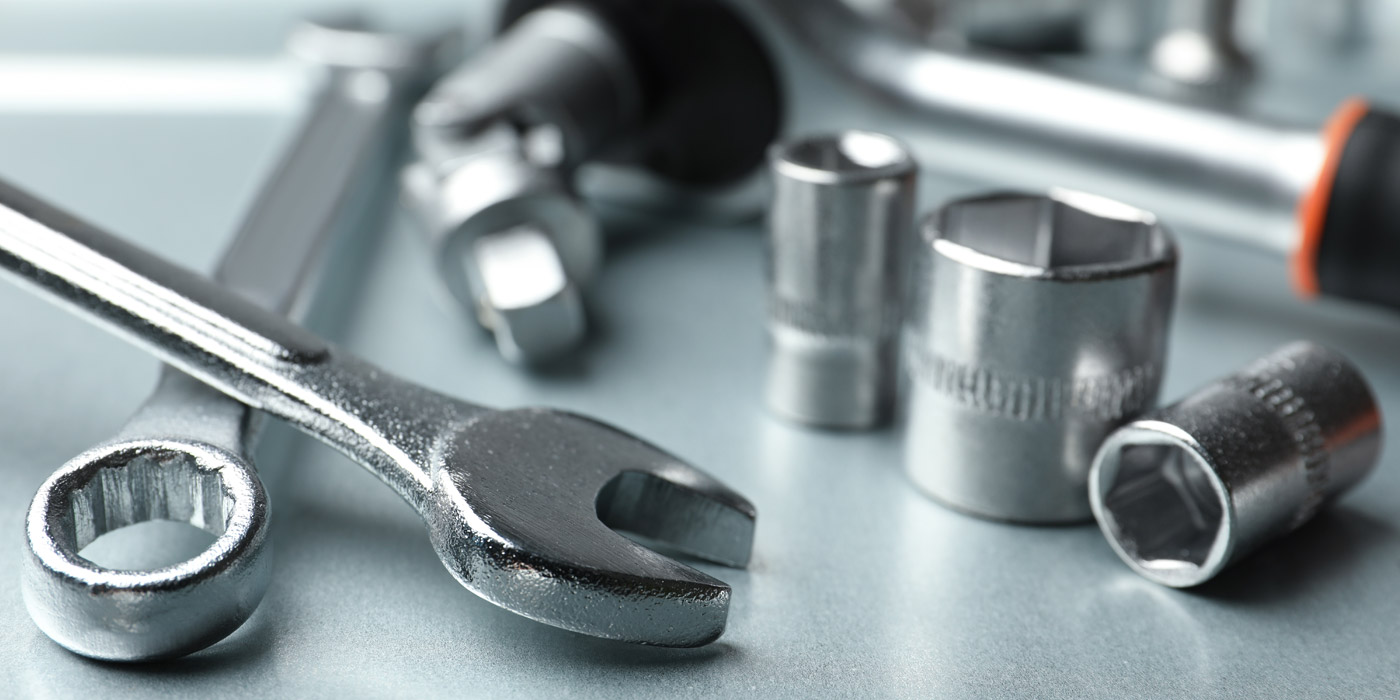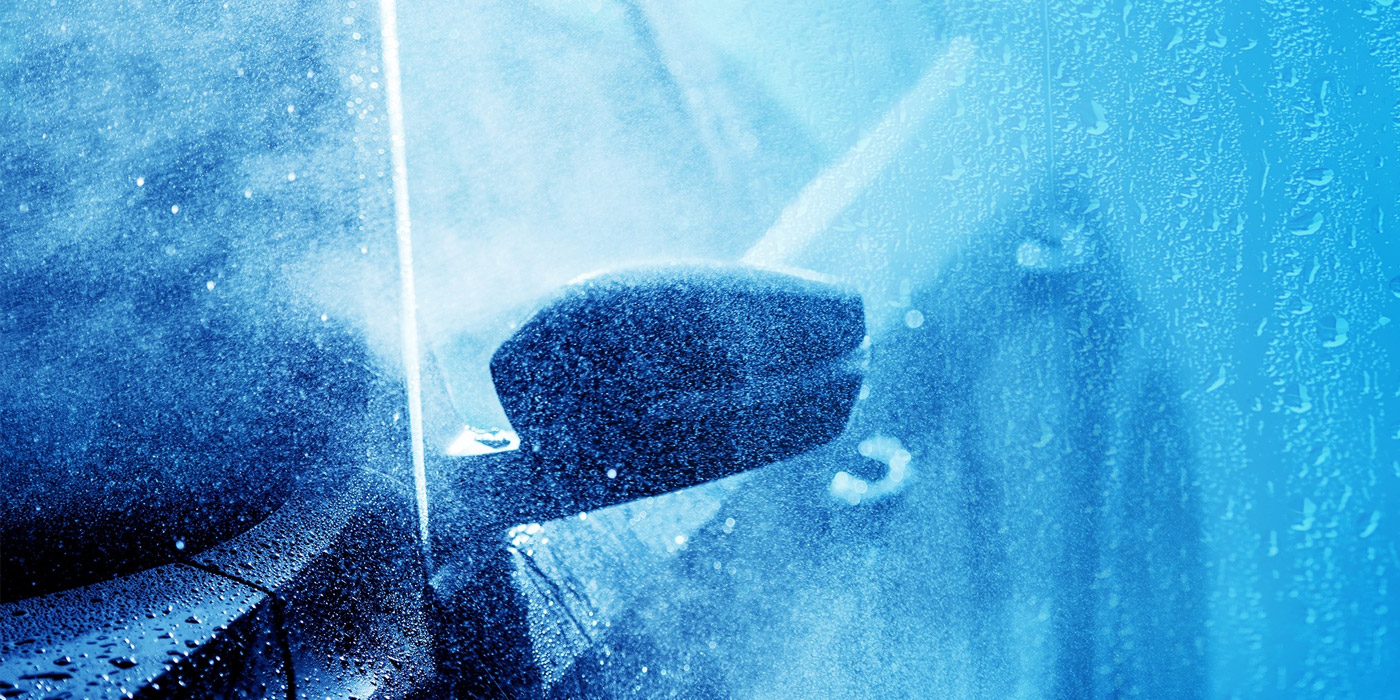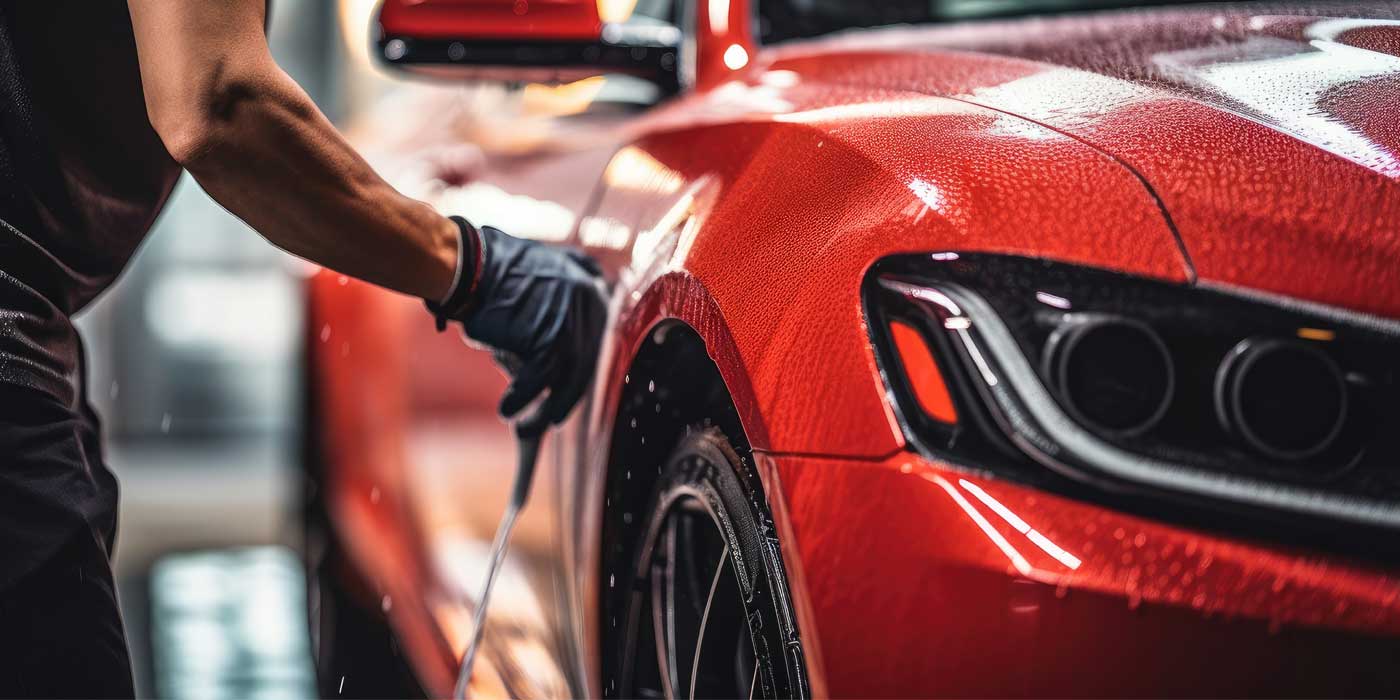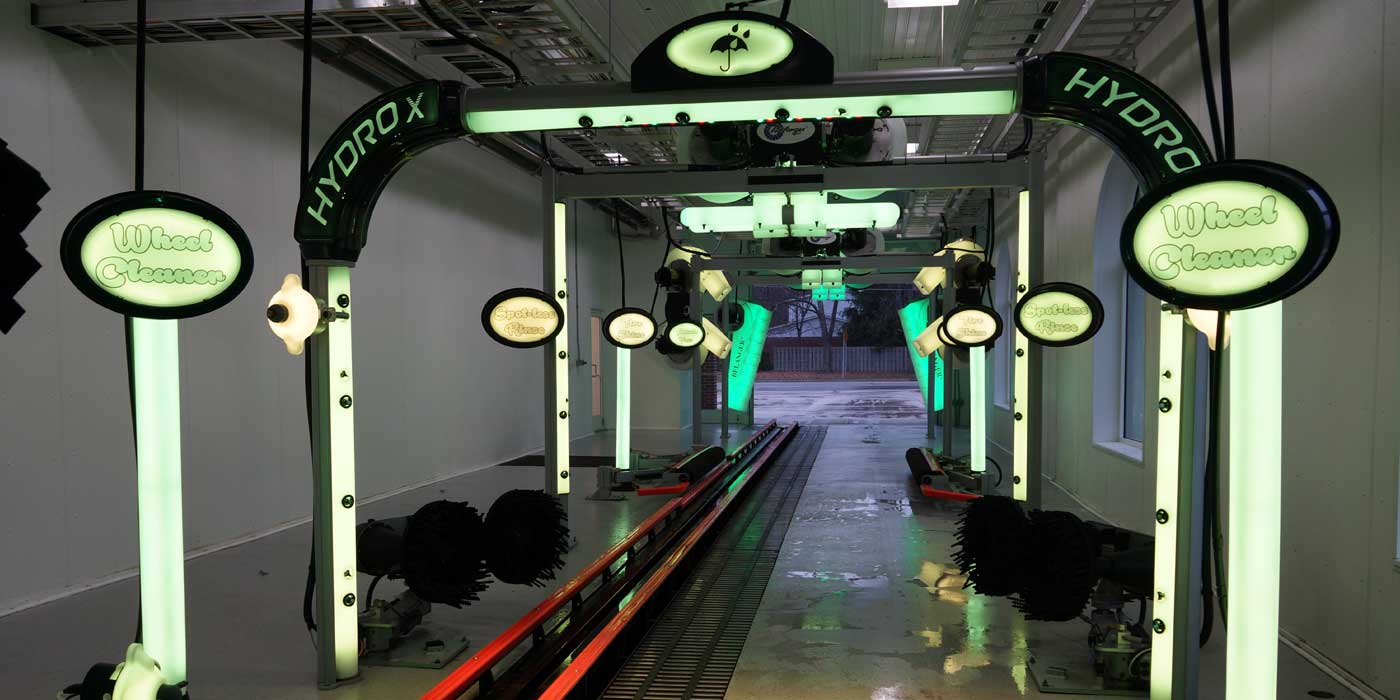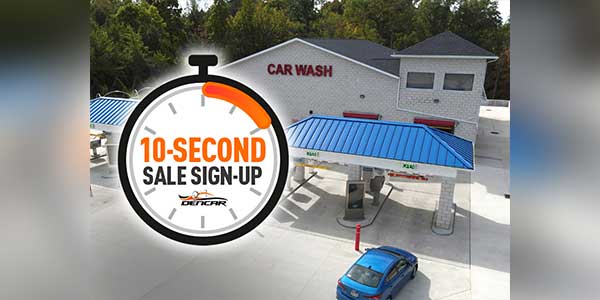As reported in recent issues of Professional Carwashing & Detailing magazine, equipment sales in the professional carwashing market are currently surging, according to some of the manufacturers that we’ve spoken with. However, just as important as buying the latest and greatest traditional carwash equipment and chemicals is combining these products with smart systems and software that can provide an unmatched carwash experience for customers and deliver a multitude of benefits for operators.
In this article, we speak with several professional carwashing experts who are on the frontlines of such evolving innovations to find out how these systems can advance your carwash business. After all, when making an investment in your equipment, processes and systems, you are also investing in your business and its customer base’s future.
Tunnel vision
Many of today’s manufacturers are doing their homework and offering cutting-edge solutions, including vehicle profiling technology, that are intended to either maximize wash performance, entertain, inform, enhance the customer experience or, in many cases, achieve all of the above.
For example, in the conveyor carwash segment, Jason Sears, communications manager for Innovative Control Systems (ICS), calls the ability to customize the wash process using technology that measures the specific size and shape of each vehicle a watershed moment in the history of the vehicle care industry. In fact, some of the leading systems in the market are actually using automated devices for control and guidance of equipment, providing to-the-inch carwashing.
“Operators now have the ability to provide a customized wash that is tailored to the requirements of each vehicle,” says Sears, who continues by underscoring why that ability to customize the wash process is so important today. “Since 2000, there have been 709 vehicle models introduced to the market, each with its own specific set of challenges for providing optimum wash quality.”
In addition to the well-documented sensors and anti-lock brake feature found on many new vehicle models, which can be problematic at professional carwashes, oversized mirrors, recessed license plate areas, extended rear visors on SUVs and other new features and designs are also proving to be a challenge to clean.
Sears notes that innovative systems in the market are arming carwash operators with the ability to measure the size and shape of each vehicle in one-inch increments and optimize the wash process in real-time to overcome the challenges presented by each vehicle. While these systems are providing an enhanced carwash, they are also helping to prevent damage and limit noise, thus elevating the customer experience.
Automated equipment is providing closer, more effective cleaning ability, and chemical applications have also advanced. Foam shows and better chemistry, for example, allow operators to provide consistent, high quality and thorough results while entertaining customers across all wash formats. When applied correctly, these systems are also saving owners money in the process.
“The premium chemical applications and an improved delivery has enabled a carwash to produce a cleaner, shinier and drier car than in past years,” educates Brandon Jordan, southeast regional sales manager for DRB Systems. “By applying chemistry and water only in the places they are needed, the amount of a particular chemical application can be reduced.”
But, continues Jordan, the savings don’t stop there. “With certain applications, device saturation allows you to reserve additional delivery until it is needed. Priming, on the other hand, allows product to be dispensed prior to the activation of the device for a more thorough delivery and improved quality,” he adds.
In addition to developing new technologies and automation, carwash manufacturers have also been busy updating and improving older systems, such as tire cleaners and drying systems. As a result, more operators are adopting these new and improved systems. One such system that is catching Autobell Car Wash CEO Chuck Howard’s eye, due to its renewed interest in the market, is what he refers to as “touch drying” equipment, which can be added to a conveyor carwash just prior to the dryers.
“Many in the industry used touch drying machines in the past, and then they went away. But, manufacturers have improved these systems, especially the super absorbent materials that are being incorporated, and as a result the total drying of the car is better,” states Howard.
In-bay automatic game-changers
As noted by Howard, in-bay automatic (IBA) carwashes have always been considered a form of robotics by many people in the industry for decades due to the amount of automation involved with the machinery. Still, even technologies in this wash segment have improved, and operators and customers are reaping the rewards.
Innovations in point-of-sale (POS) systems and club memberships enhance the customer experience even before they enter the bay. Equipment and chemical advancements in IBAs are also providing a better wash quality compared to past decades, regardless if the system is offering friction or touchless carwashing.
“Payment options continue to evolve, and there is increasing interest in mobile payment. While Apple Pay, Android Pay and similar mobile options account for a low percentage of payments overall, consumers adopting mobile payment applications will choose to wash at locations where they’re accepted when possible. Carwash operators also see the value of business-specific mobile applications in building their customer base. In addition to payment convenience, apps provide a means for operators to reach customers to promote specials, upcoming events or other items that may be of interest,” explains Rich Carpenter, Unitec’s director of product development, adding that these payment and marketing options are of particular importance at IBA and self-serve locations where the presence of carwash employees is minimal.
Loyalty programs and increased interest in carwashing is driving more volume to IBAs, and this wash segment’s manufacturers have answered with improved equipment that focuses on washing more cars per hour while increasing sales and decreasing operating costs. However, it wouldn’t be carwashing in 2018 if customer experience elements weren’t also added to the IBA wash process.
“Foaming wax options in [IBA] applications are driving revenue for the operator,” confirms Drew Dressler, director of sales and marketing at D&S Car Wash Equipment Co. “The applications are better, and the customer experience is greater.”
Other advancements in the self-serve segment, adds Sears, are improved kiosks, which feature a central payment terminal, giving users the ability to activate any self-serve wash bay or vacuum using a secure code.
Leading benefits
New technology being offered in the industry is showcased throughout the year at industry trade shows and events. At these special industry events, manufacturers offer the unique ability for carwash operators to see firsthand the benefits of using the various systems available today. We asked our pool of experts to name a few key benefits of investing in high-tech equipment as well as new or improved systems.
According to Dressler, today’s new advancements offer three primary advantages: higher quality washes; better proprietary software management; and more efficient, better cleaning with less water and chemicals. He delves a little deeper into each benefit, specifically for the IBA wash segment:
- Higher quality washes: The latest designs of IBA carwash equipment include platforms that are more technological than their previous models. Vehicle profiling technology provides for higher wash quality on today’s vehicles that have a more contoured, sophisticated body design. Having the ability to follow the shape of the car as well as knowing the length and height of the vehicle being washed allows for placement of the brushes and nozzles to be optimally positioned, resulting in a better wash than systems that do not offer these features.
- Better proprietary software management: A key element of this is the Graphical User Interface (GUI), which connects the operator with the machine, allowing total control and management of the carwash in real-time from anywhere in the world. The remote system self-monitors all aspects of the carwash and provides valuable assistance to help operators manage their wash.
- Efficiency: New equipment today provides the operator with more choices in wash menu options and features, and it offers the ability to charge more than ever before.
“Furthermore, energy efficient, ‘greener’ designs meet municipal guidelines for conservation and initiatives that are prevalent today in state and local government,” concludes Dressler.
These benefits are also generally realized and achieved in the conveyor wash segments when applying new technologies. These systems are becoming a critical answer to other rising costs associated with operating a carwash, including real estate, damage claims and labor costs.
“Our industry is long overdue for more sophisticated controls, even robotics, in the carwash that enable us to do a better job, allowing operators to focus cleaning where it’s needed, reduce car damage and possibly operate in smaller spaces, which is increasingly important as real estate and building continues to become more expensive,” says Howard.
Speed, convenience, value and customer experience: These are the building blocks of growing a successful membership program and creating loyalty at your carwash. So, why should you invest in new technologies that emerge in the field today? Jordan lists a few benefits he sees when applying high-tech, smart equipment, including:
- Enhanced experience
- Speed and accuracy
- Safety
- Improved wash quality
- Reduced damage
- Ability to effectively wash more cars.
“Customers may not know the tools (technology) you are using, but they are very aware of how they feel about their visit. A difficult-to-read menu, no confirmation that they are receiving the service they paid for, pulling into the home garage with a truck bed that is full of soap — these are just a few examples of things that could have soured the customer’s wash experience 10 to 15 years ago,” notes Jordan.
New technologies are eliminating most of these poor customer experience variables. Even processing vehicles, which is crucial at high volume sites, is easier today with improvements in license plate readers, software and cameras, which help eliminate bottlenecks and accidents inside a tunnel, as well as RFID readers.
“Inside the tunnel, vehicle scanning and tracking has enabled operators to run cars closer together,” adds Jordan. “This can translate to more cars per hour, which historically would increase the risk of an accident.”
According to Jordan, while collisions don’t happen often inside the tunnel, they have repercussions that reach far beyond the two cars that are impacted. In the past, a tunnel controller alone could monitor the exit end of the tunnel, preventing a pile-up in the most likely location.
“However, today’s technology allows you to monitor the entire length with computer vision that prevents collisions before they happen. Implementing this type of modern technology allows you to increase production with a higher degree of confidence than in the past,” explains Jordan.
As mentioned, investing in equipment means that you’re investing in your carwash as well as its customers and the community. Just like the vehicles they are servicing, carwash equipment depreciates the minute it is put into use. If not maintained and operated properly, depreciation accelerates, and poor wash quality as well as lowered customer experiences are the results. Regardless if you’re in it for the long-haul or have more immediate goals, investing in new carwash equipment is never a bad plan.
“Regular investments in new equipment contribute to a healthy, growing customer base,” notes Sears. “For many of the operators who have put their carwashes on the market in this era of mergers and acquisitions, strategic equipment investments have made their carwashes more marketable, attracted more buyers and ultimately resulted in a higher selling price point. But, for the vast majority of operators, investing in new, innovative technologies is a twofold strategy that has proven to attract new customers and enabled them to offer the enhanced services that lead to higher ticket averages.”
Measuring returns
Two common reasons why operators often hesitate to invest in new technologies are because of sticker shock and an inability to see the long-term savings and benefits. Admittedly, from the experts we interviewed for this article, even in today’s analytical environment, measuring an exact dollars-and-cents return on equipment investments can be a difficult task at best. However, there are financial reasons to invest today in these technologies besides in response to increased competition, high volume and evolving auto technologies.
“One factor that is helping to lower the upfront financial impact of buying new equipment today — and I’m not sure how long it will stay in place — is we have accelerated depreciation. We can write off the entire cost of new equipment — even used equipment — in the first year, which is a big help to offset the upfront expense,” educates Howard.
But, in what ways can you accurately measure a return on that investment, regardless of the ultimate expense amount?
According to Dressler, the proof is seen in increased wash volume and the income generated after installing or replacing old equipment. “Returns will also come in increased bottom lines due to the savings in water, sewer, chemical and electricity. Sites operating newer systems will be more profitable, even if they only wash the same number of cars as before with their older system,” he adds.
Other areas to measure a return are in equipment maintenance. According to Sears, some advanced programs will actually alert operators when a system failure is occurring or imminent. “Forward-thinking operators also deploy effective equipment solutions, such as ethernet-based variable frequency drive (VFD) controls, which help achieve energy, water and maintenance savings.”
Related: Carwash maintenance ROI
The community notices when you stop investing in your business and reacts with less loyalty. More consumers are looking for a high-end experience infused with new technologies when making purchasing decisions. Sensors, vehicle profiling and automation will continue to advance … so, are you ready to invest?






